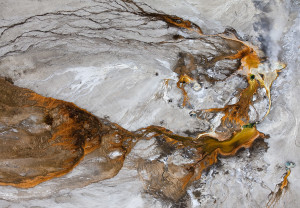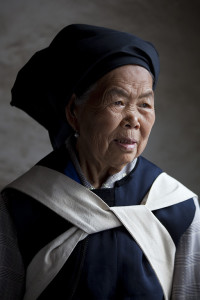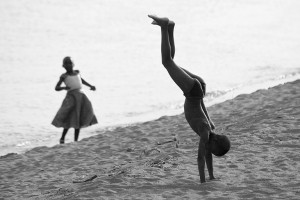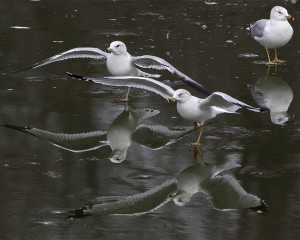Photo Contests and Museum Submissions
Recently, I have had some success with several photo contests and acceptances for museum exhibits. Besides the price of the entry fee, entering these venues involves a bit of effort. Whether it is a contest or a submission, it is important to read the rules. Then read them again.
Here is my take on contests and museums.
Photo Contests
There are many photo contests held by diverse groups that have a vested interest in the contest — communities, organizations, businesses, art associations, etc. Generally these contests have categories and within the categories a first, second, third and honorable mentions. And a “best of show” is generally given.
When entering any photo contest, it is very important to understand the intellectual property issues. Almost all contests declare that the submitter of the image owns the copyright (assuming that they created the picture).
The rub comes in the terms of entry. Most contests require the submitter to agree to allow the owners of the contest to license the image. Upon reading the restrictions of the license, you may be amazed. As an example, following is the National Wildlife Federation’s contestant entry agreement:
“Entrants retain ownership and all other rights to future use of the photographs they enter except for the following: Your entry to the contest constitutes your agreement to allow your entered photographs—and your name, occupation, city, state, country of residence and Entry Information. … you grant to NWF and its licensees the perpetual, worldwide non-exclusive license to reproduce, distribute, display and create derivative works of the
entry (along with a name credit) in connection with the NWPC and promotion for the NWPC, in any media now or hereafter known. Entrants also agree to the use oftheir entered photos in the National Wildlife magazine’s online Photo of the Week and Caption Contest features.”
Note that they do not discriminate the winners from the entrants. All entries have these restrictions.
Some contests have more egregious rules. Many want that “ perpetual, worldwide non-exclusive license to reproduce, distribute, display and create derivative works of the entry… in any media now or hereafter known” to be applied to any usage – in effect collecting images that they do not have to pay for. These pictures then become a repository that they are free to use- any way they want to with impunity.
Read these terms for all of your contest entries, just so you know where you stand.
Museums
Juried exhibits are the way the best museums amass a collective show, in contrast to a one-person show. These exhibits are usually themed (e.g. realism, abstraction, politics, landscapes, etc.)
Submissions are similar to photo contests, with entry fees; rules of size; signed and numbered; etc. There are three major differences from photo contests: 1) The juror determines the show; 2) the museum honors your copyright and at most asks for permission to use the photo only to publicize the show; and 3) the awards are “Certificates of Distinction” and perhaps a best of show. All are “winners” and they are not ranked against one another.
Interestingly, I have found that in submitting to museums or entering photo contests, the value of my work depended on the juror or, in the case of photo contests, the judge. They have biases in art as do we all. Scoping out the judge before you enter is not a superfluous thing to do. It is imperative that you understand where they are coming from. In my experience, many museum jurors are experts in painting mediums but do not understand photographic art and consequently make some clichéd selections.
Some contests are erratic. Deal with it. I entered the plane crash picture that is featured on my homepage in the “Magazine Photographer of the Year” contest. It was thrown out because it was the only one in the “Spot News” category.
Presentation is important . If the entry rules state that you should enter a jpg, make sure that it is in RGB and the resolution is 96 dpi or slightly more. Remember, this is where your piece will be judged.
The real value of these contests for you, the photographer, is recognition; and better than that, a pause in your photographic pursuits where you discover the images that you are proud of.



